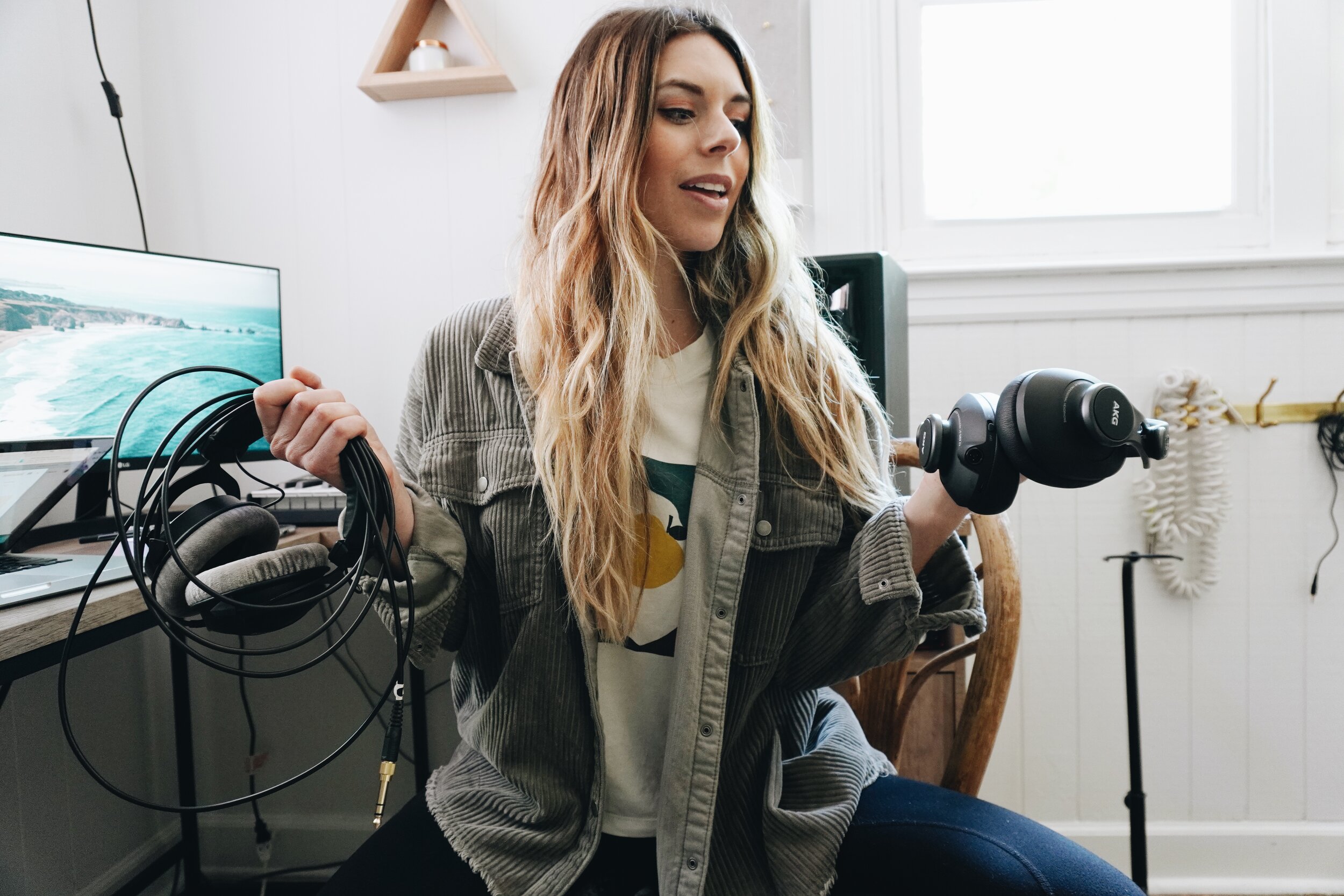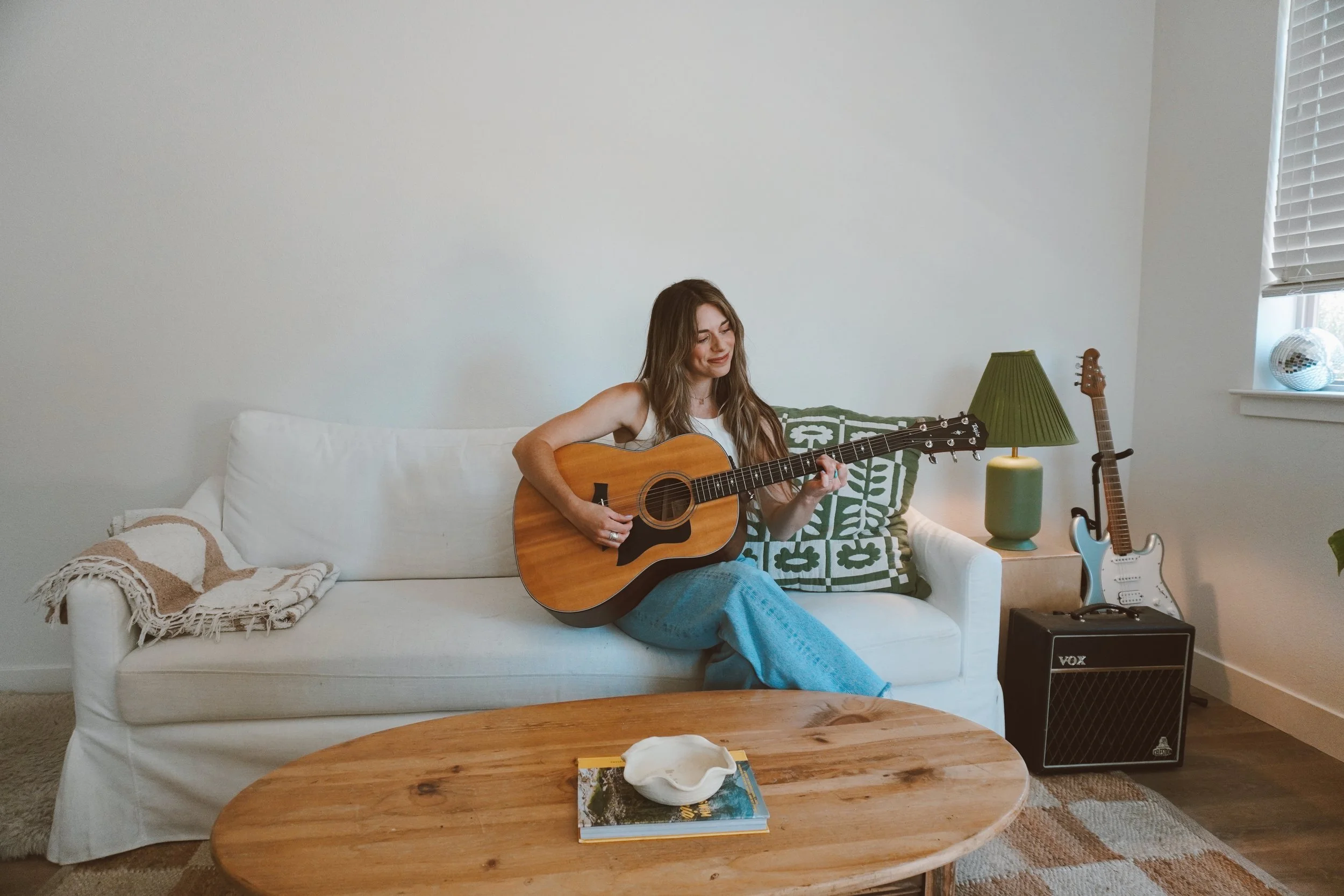My Home Recording Studio Setup
For the past few years, I have gotten increasingly into learning about production, home recording, and mixing. In this blog, I want to show you what’s been worth the splurge and what I would put lower on my priority list for building a home recording studio!
Pedal Board Series: #1 The Foundation
If you are looking to start building a pedal board from the ground up, come here for most basic equipment recommendations.








